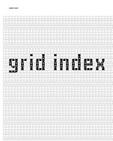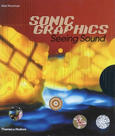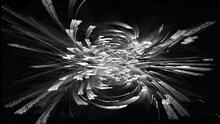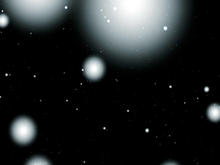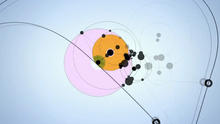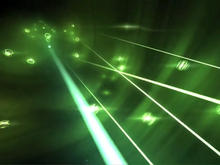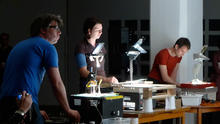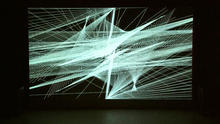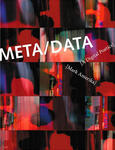PMP
is an audio-visual collective based in Singapore that focuses on the synaesthetic experience where sound and visuals interact in real time, steering away from the notion that audio and visuals are often the by-products of one another.
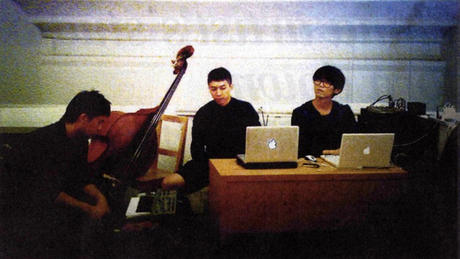
Started in 2009 by Ong Kian Peng aka Bin (New Media artist, lecturer, grad student UCLA DMA - Class of 13), Ivan Lee (designer, co-founder of Black Mark Studio) and Felix Phang, (musician, Berklee graduate), PMP’s music takes the form of minimal electronic music that fuses microsound, glitches and the sound of acoustic instruments. Visually, it is highly distinctive with generative visuals that reacts or controlled in real time.
PMP was recently commissioned by the Singapore M1 Fringe Festival for its first audiovisual concert Perceptio in esplande.
Source: PMP's website

